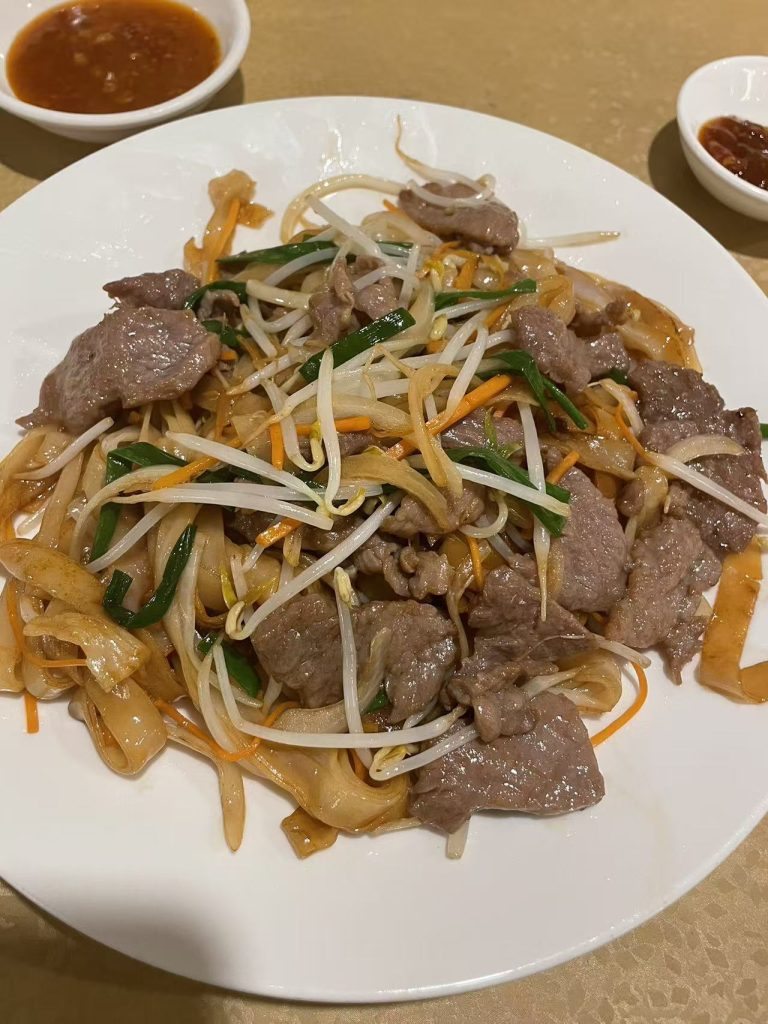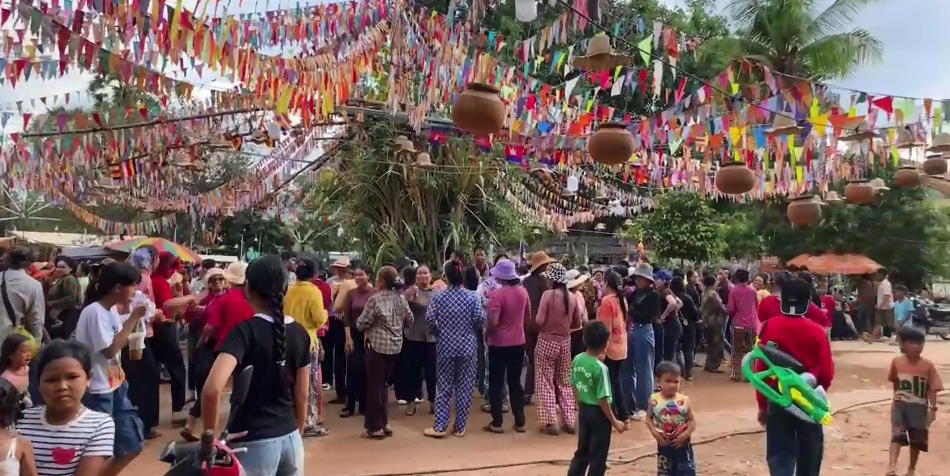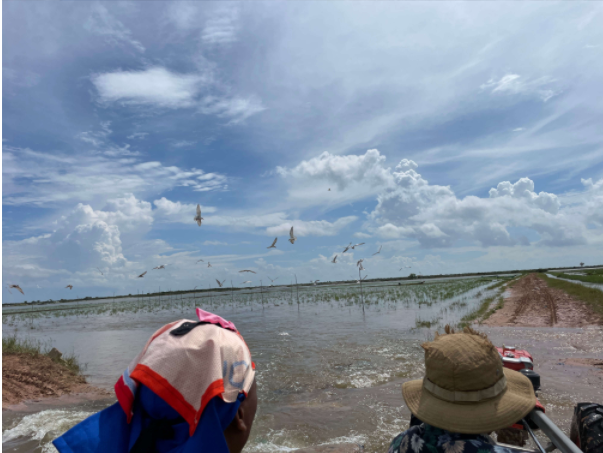🌆 Reflections on Phnom Penh’s Urban Development
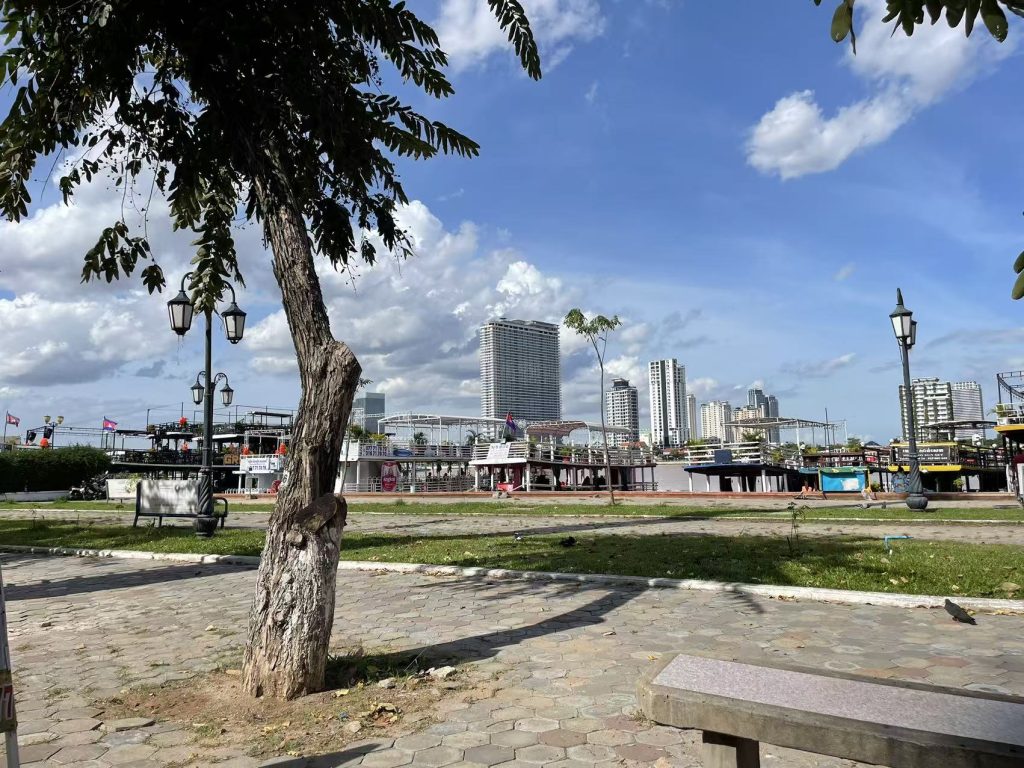
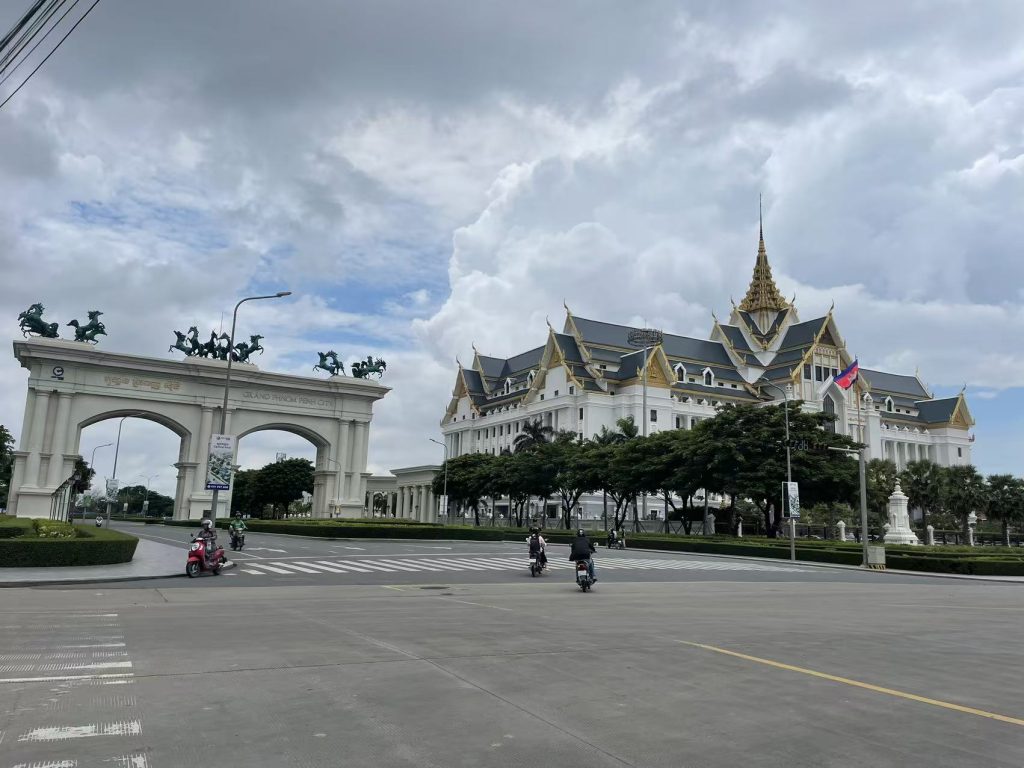
Most of my daily activities usually take place near the Mekong River, but today I had the chance to ride my bike toward the northeastern part of Phnom Penh. Compared to the city center, this area feels more spacious and calm. There are many open fields, new housing projects, and signs of city planning taking shape. The streets are surprisingly clean, and although public buses operate on fixed routes, they are often nearly empty — perhaps because most locals still prefer motorcycles. Many people from other provinces even ship their motorbikes into the city as their primary means of transport.
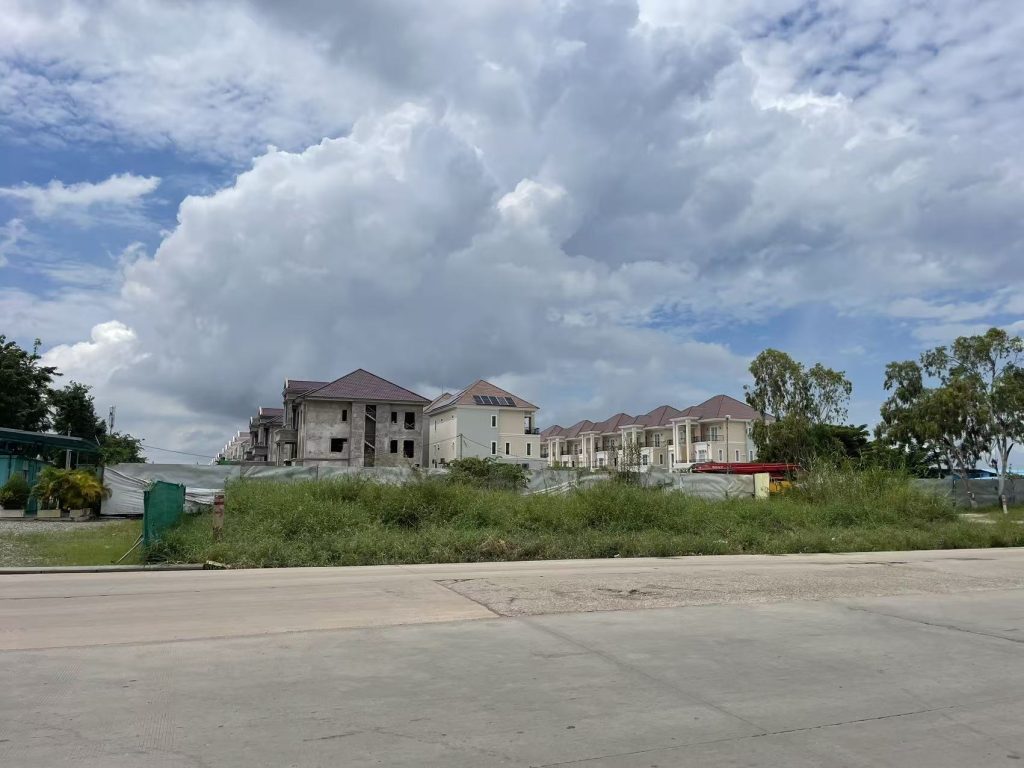
Like many growing cities, Phnom Penh also has its share of “urban villages” — a natural result of rapid development. The downtown area, however, isn’t dominated by large, gated residential complexes like in other countries. This is likely due to Cambodia’s land ownership policies. Here, most property is privately owned, with smaller-scale shophouses scattered throughout. During earlier phases of urban expansion, people with vision bought land and built multi-story row houses: shops or restaurants on the ground floor, living spaces above.
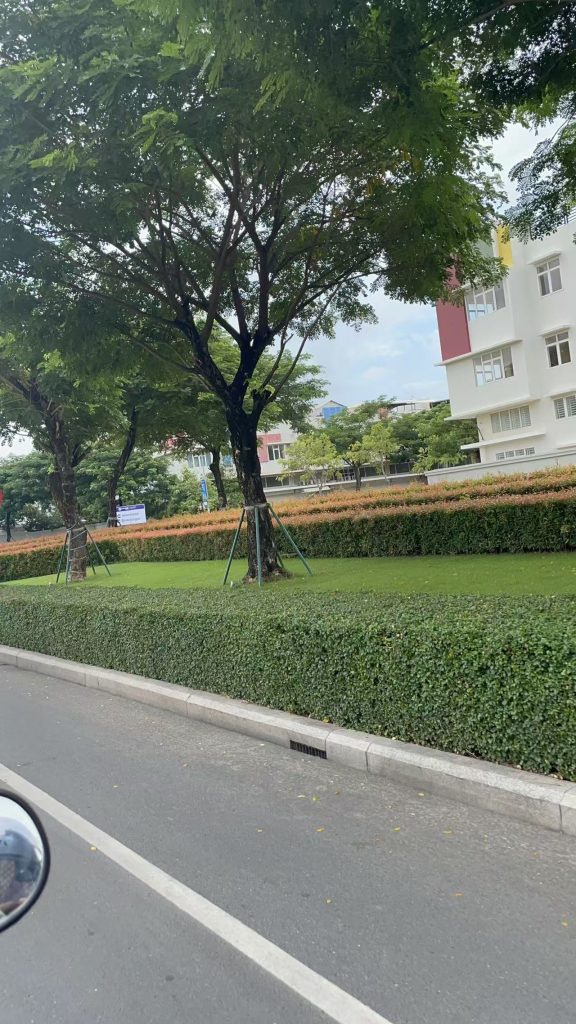
🌧️ Life Between Rain and Routine
The rainy season isn’t over yet. After the rain, the air across the open fields feels cool and clean. Phnom Penh offers plenty of lively attractions, but time spent away from the noise and traffic feels rare and refreshing.
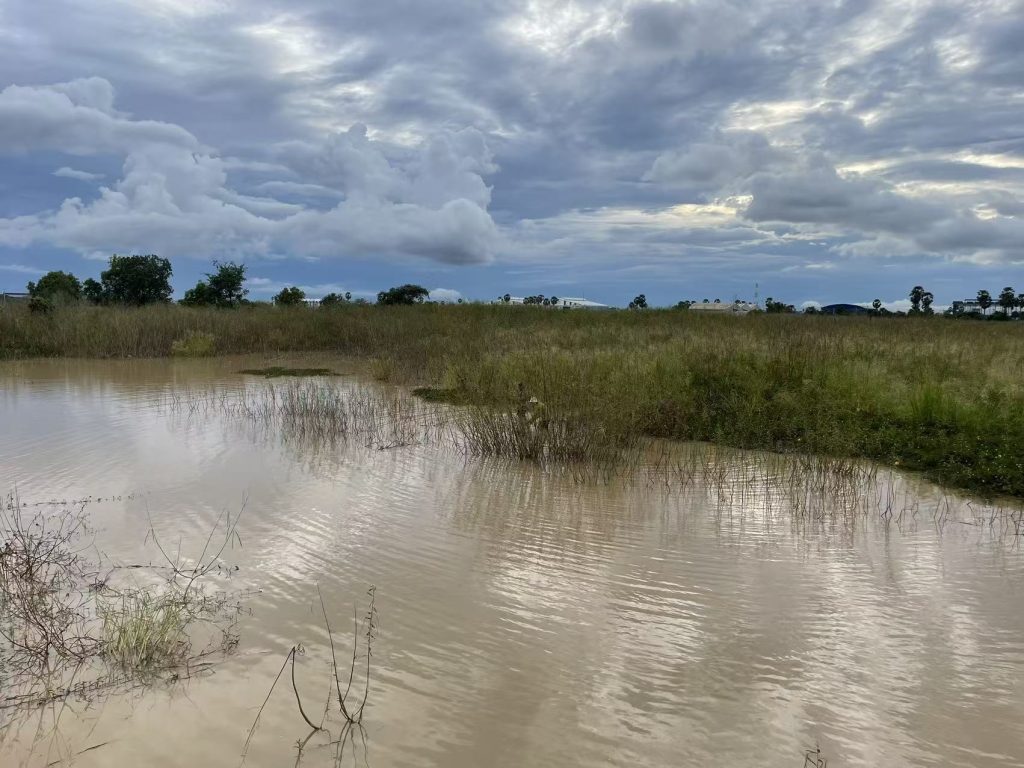
On the roads, people move quickly — not out of leisure, but for survival. Many are tired of the repetitive rhythm of nine-to-five life. When you have money, you often lack time; when you have time, you don’t have money. Once you step outside your home, the daily cycle of food, shelter, and transportation never stops.
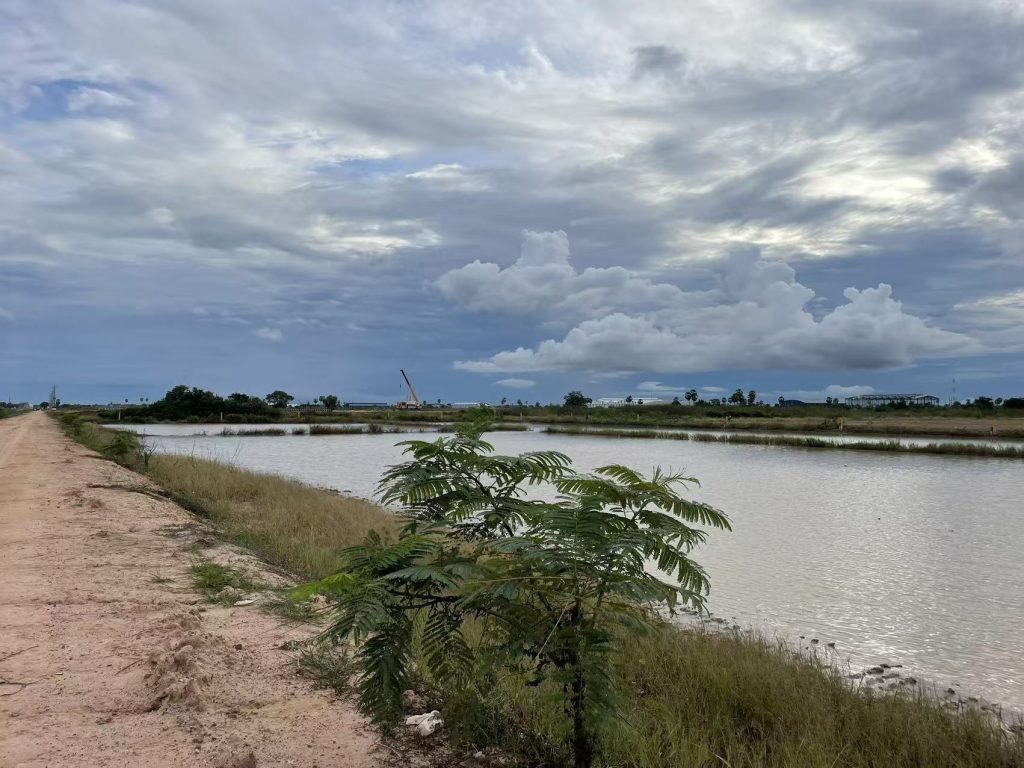
Sometimes we’re so busy rushing forward that we lose sight of our direction. In chasing a living, people often neglect what matters most — family. Many parents have little time to spend with their children, yet childhood is fleeting. What kids need most isn’t wealth, but time and presence.
🌇 A City in Motion
Phnom Penh today stands between its past and its future — a place where motorcycles still outnumber cars, and where fields coexist with construction cranes. The city’s growth is inevitable, but within its expansion lies a quiet reflection of ordinary lives.
Urban development isn’t just about new roads and buildings; it’s about how people adapt — how they find meaning in the pace of change, how they balance work and family, and how they continue to search for direction amid the rush of modern life.


